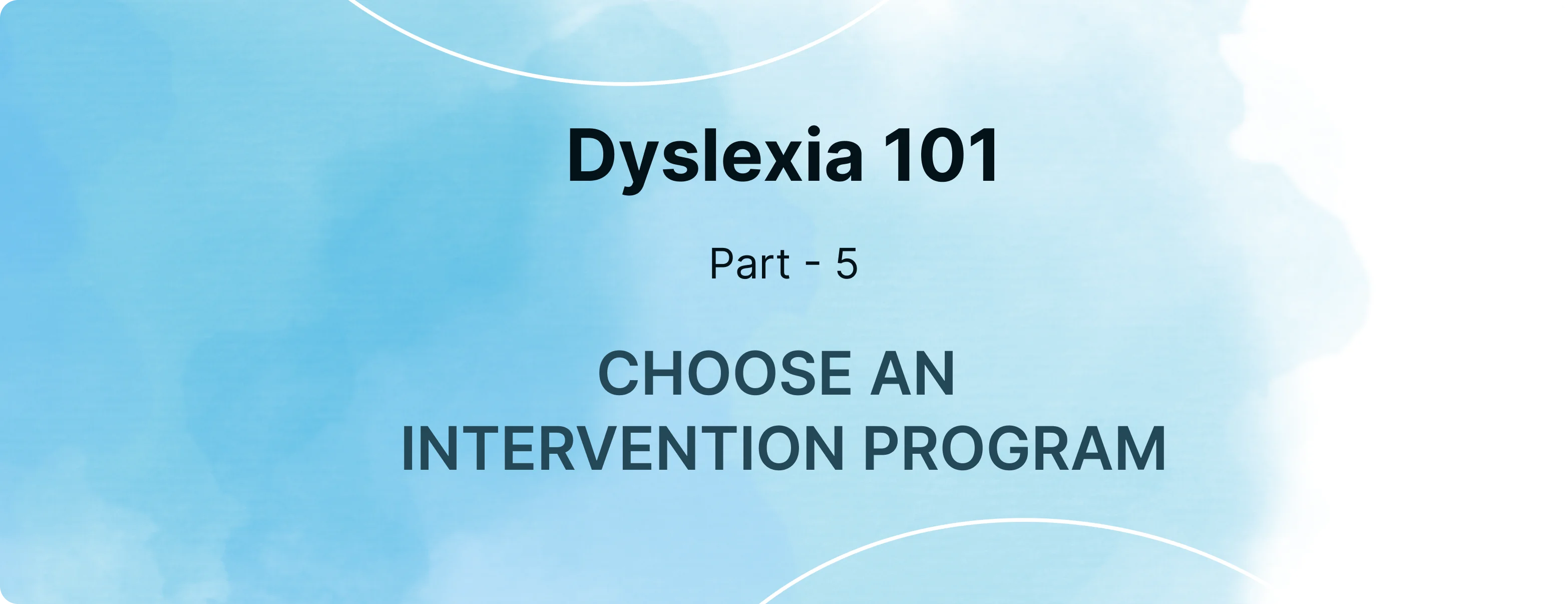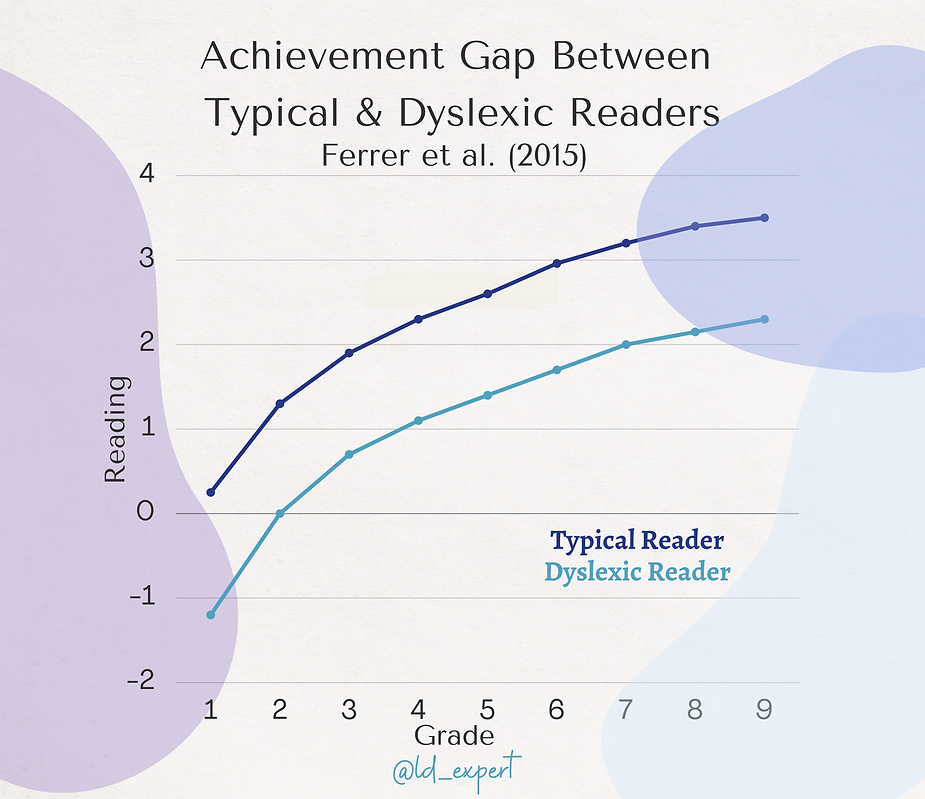How to Choose an Intervention Program

Stephanie Tsapakis
|
Published on Jul 28, 2021 · 4 min read


Stephanie Tsapakis
|
Published on Jul 28, 2021 · 4 min read

Welcome to Part V of our Dyslexia 101 series! Over the next two weeks, our blog series will continue to focus on expanding your understanding of dyslexia.
By the end of LD Expert's Dyslexia 101 series you will be able to:
Today we will focus on how to choose a quality intervention program, and why it is so important to begin intervention as early as possible. The goal of this blog is to help spread more scientifically researched data and information about this common language disorder that effects 1 in 5 children.
In Part I of this blog series, we broke down the definition of dyslexia for you. In Part II, we examined the characteristics of dyslexia by outlining common struggles and strengths. Part III focused on implications of dyslexia in the classroom and workplace.Part IV debunked some common misconceptions surrounding dyslexia.
Today is a critically important blog as we are discussing:

Chances are, if you are reading this blog, you are all too familiar with the overwhelming amount of curriculum, instructional programs, online games, and even tutors who promise quick results for teaching students with dyslexia how to read.
Weeding through these programs is not a simple feat, but we are here to help.
When choosing an intervention program for dyslexia there are a few things to keep in mind.
The program should be:
1. OG Based
The best dyslexia intervention programs are Orton-Gillingham based. In order for a program to be considered an OG program, it must meet certain criteria. These programs are specifically designed with students that have learning differences in mind, and they are scientifically proven to deliver the best results. (In schools or clinics, you may hear the term evidence-based practice to refer to these, too.)
Orton-Gillingham curriculums will be multisensory, sequential, incremental, explicit, cumulative, individualized, and based on phonograms (letters or pairs of letters).
2. Research Driven
The program that you select for your child should be research driven. This is an important piece of the puzzle that often gets overlooked. New programs are created all the time, but they don't often have years of empirical research to support them. (Again! Evidence-based!)
3. Delivered by a Certified/Licensed Professional
While the program itself is very important, the person delivering the instruction is also critical! Most importantly, they should be fully certified in the intervention program. There are many teachers, tutors, or school districts that boast experience working with students with dyslexia, but they have never actually completed the certification process.
For us, this is a red flag! Taking an introductory course is not the same as completing a supervised practicum or training year.
Make sure you have a way to verify that your practitioner is certified and experienced.

Our previous blog post busted the myth that dyslexia cannot be diagnosed until 2nd grade.
As a reminder: This is completely false!
Not only is this misconception detrimental for early implementation of accommodations in the classroom, it makes early intervention impossible.
The bottom line is that the longer a child goes without intervention, the larger the gap becomes between their current reading level and grade expectations. The earlier we can begin an intervention program, the easier it is to close the gap, because the gap is smaller.
Research by Ferrer et al. (2015) focused on the achievement gap in reading that exists between typical readers and dyslexic readers. Using data from the Connecticut Longitudinal Study (1999), they determined two things:
These two skills seem small, but they are not! They are foundational, and every other way we use language is impacted by this part of the brain doing 'it's two little jobs' both rapidly and automatically. The language system used for both reading and speaking is made up of four parts that are stacked onto top of each other. Weakness in one area will result in weakness for everything above it. Think of it like a tower, with the part of the brain effected by dyslexia being at the bottom.

Here are some additional research bombs that support early intervention and warn us about the risk of delaying intervention:

Never.
While the reading gap does get larger with age, it does not mean that older students or adults cannot improve their reading skills with intervention. Many intervention programs are designed for elementary students through adults. Again, we stress the importance of using a certified practitioner, even if you are an adult looking for intervention.
If you are an adult reading this: You are worthy of intervention and you are capable of kicking this thing's butt. We're here for you.
We cannot overstate how much we love Drs. Shaywitz book, Overcoming Dyslexia. It is the Gold Standard when it comes to books to help you understand and navigate life with dyslexia that is based on years of research. Here's the link again to purchase!
Looking for personalized support for your child's learning journey?
Our tutoring and dyslexia intervention services are tailored to students with learning differences. Whether it's reading, writing, or other challenges, our team offers one-on-one guidance.
Start with a consultation!Stay updated with our latest blog posts.
Cart